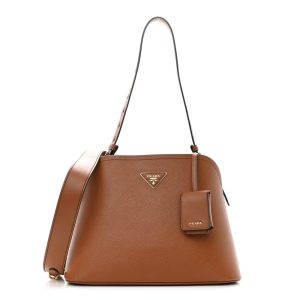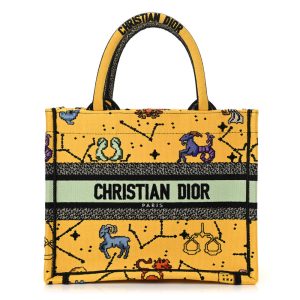The Saint Laurent Be Roma Bag and the Replica Trend: Unearthing Luxury's Ethical Intersection
The allure of luxury fashion lies not just in the product, but in the stories they carry – a heritage of impeccable craftsmanship combined with exclusive designs. For centuries, luxury brands like Saint Laurent have set the benchmark for what high fashion is, stitching together narratives of opulence and elegance. However, as the fashion industry adapts to a new wave of environmentally conscious consumers, an ethical dilemma arises. Can one engage in the luxury fashion world while still maintaining a commitment to sustainability? This blog post dissects the Saint Laurent Be Roma bag and its growing replica market to explore an intersection of luxury, necessity for sustainability, and the burgeoning trend of conscious consumerism.
The Iconic Saint Laurent Be Roma Bag
Often called 'investment pieces,' luxury handbags possess a timeless charm that transcends seasons and trends. The Be Roma bag, with its sleek, minimalist design and subtle YSL logo, embodies the essence of understated luxury. Crafted from the finest materials with meticulous attention to detail, this bag is more than just a fashion accessory—it's a statement piece. Introduced by Anthony Vaccarello, the current creative director at Saint Laurent, it has become a staple for those looking for the fusion of classic and contemporary style, paving the way for what modern luxury means.
The Current Eco-Fashion Wave
The luxury fashion industry, long critiqued for its environmental impact, is experiencing a paradigm shift. Consumers are increasingly conscious of the waste and carbon footprint of traditional luxury goods. Brands are responding by reevaluating their materials and production methods. The 'green' revolution has seen the introduction of organic and recycled materials, eco-friendly processes, and a focus on longevity through timeless designs. The significance of this shift cannot be overstated; luxury brands sway global fashion trends, and a pivot towards sustainable practice paves the way for significant industry change.
Replica Market: The Growth and Ethics
Simultaneous to the push for sustainability is the ascent of the luxury replica market, offering high-quality, indistinguishable alternatives to designer pieces at more accessible price points. This evolution has several implications, both cultural and ethical. Serve as a more affordable alternative, replicas allow a wider demographic to engage with high-end fashion. However, questions regarding intellectual property rights and supporting original designers hang in the balance. The intersection of luxury and exclusivity becomes murkier when authenticity is reproduced with such finesse.
Dissecting Original Versus Replica
In comparing the Saint Laurent Be Roma to its replica counterparts, it is essential to evaluate the nuances that define luxury. The original boasts craftsmanship honed over generations, the touch of luxurious leather, and a stamp of provenance that is hard for replicas to mimic. Conversely, high-quality replicas dare to tread a line so thin, it makes differentiation a challenge. This dichotomy lies at the heart of the ethical debate—where does one draw the line between homage and impersonation?
The Ethical Quandary of Replicas
Legal and ethical debate clouds the brand replica market. While luxury houses fiercely protect their designs, the replica trend continues to thrive. Conscientious consumers must weigh the allure of luxury against the potential detriment to brands that invest in innovation and sustainability. By analyzing the motives behind the purchase of replicas, we can consider the broader social impact and our roles as contributors to a more sustainable world.
Navigating the Replica Market Ethically
The burgeoning luxury replica market demands a new level of consumer awareness. Ethical engagement is not just about legality but about understanding the implications of our fashion choices. By being informed about the origins of replica products, consumers can make conscious decisions. This includes understanding the environmental impact, the labor practices, and the long-term consequences of investing in luxury replicas.
Conclusion: A Call to Conscious Consumerism
The path to ethical luxury is not straightforward. It is a complex intersection of artistry, exclusivity, and sustainability. Fashion enthusiasts and luxury retailers alike must engage in a dialogue that promotes transparency and ethical practices. For consumers, informed decisions can shape a more responsible fashion landscape. Let the purchase of luxury goods be a celebration of craftsmanship and heritage, not the compromise of ethical standards. It is through the collective choices of individuals that the pulse of the industry will adjust, championing sustainability without diluting the essence of luxury.



Comments
Post a Comment